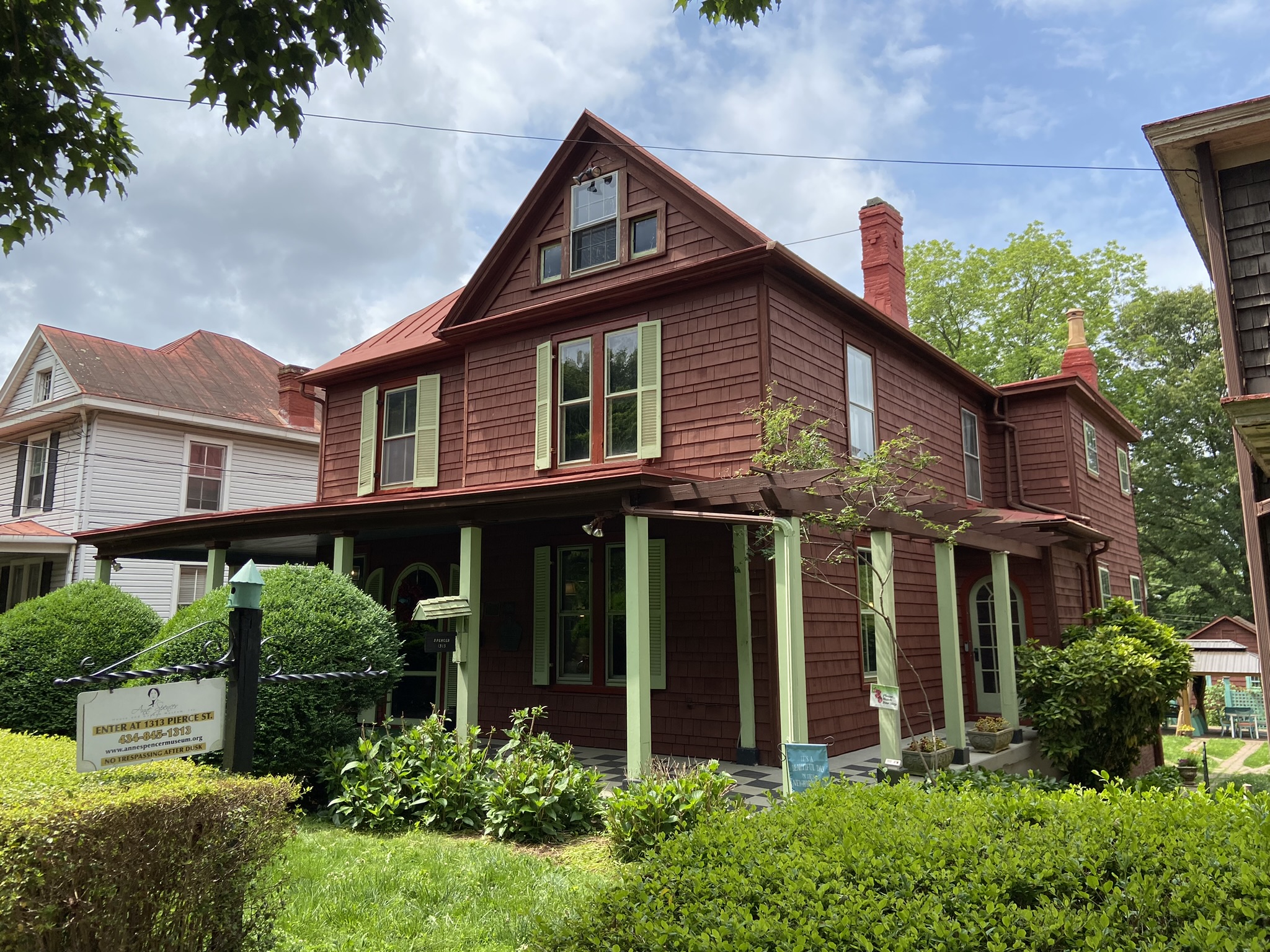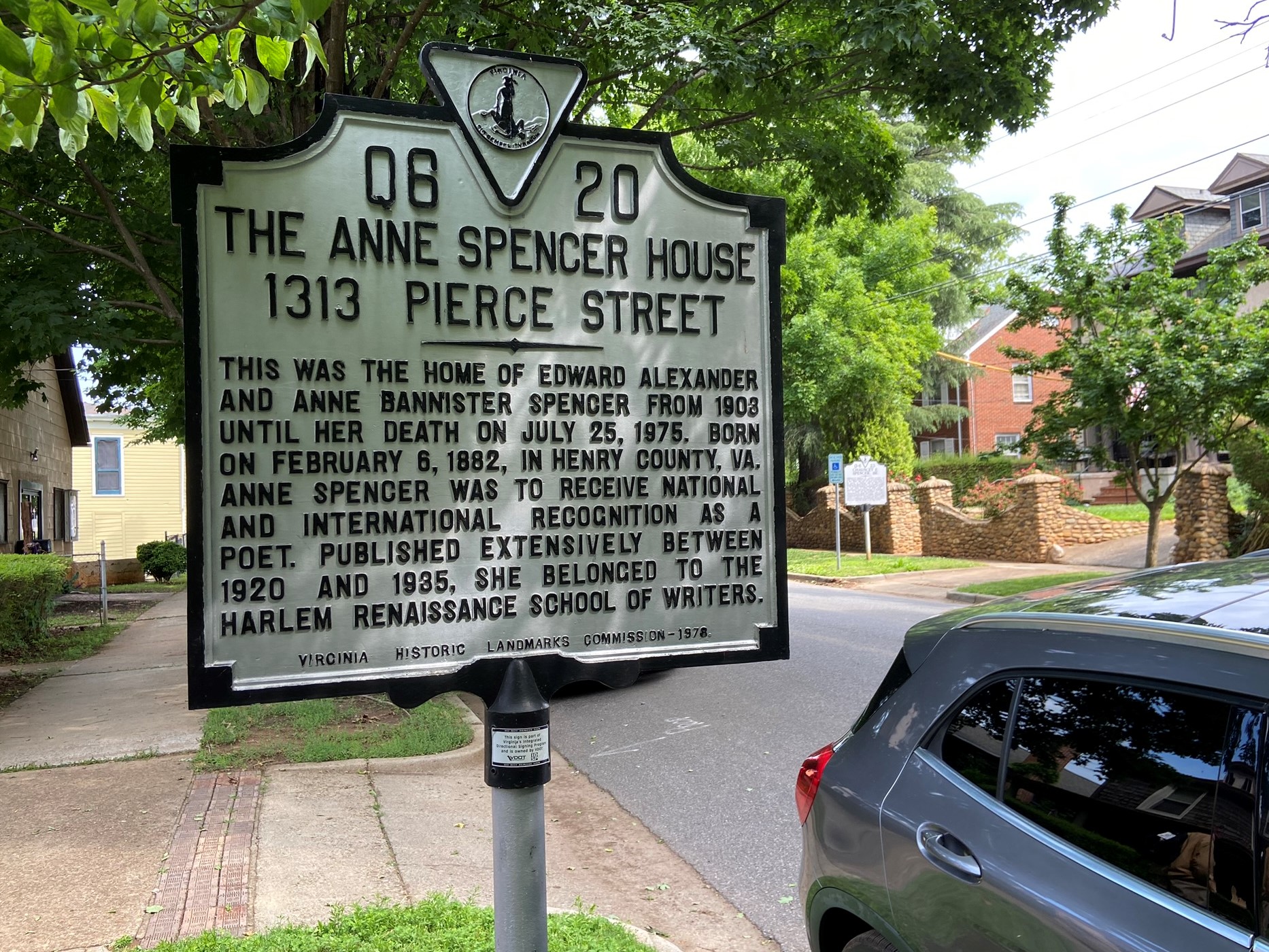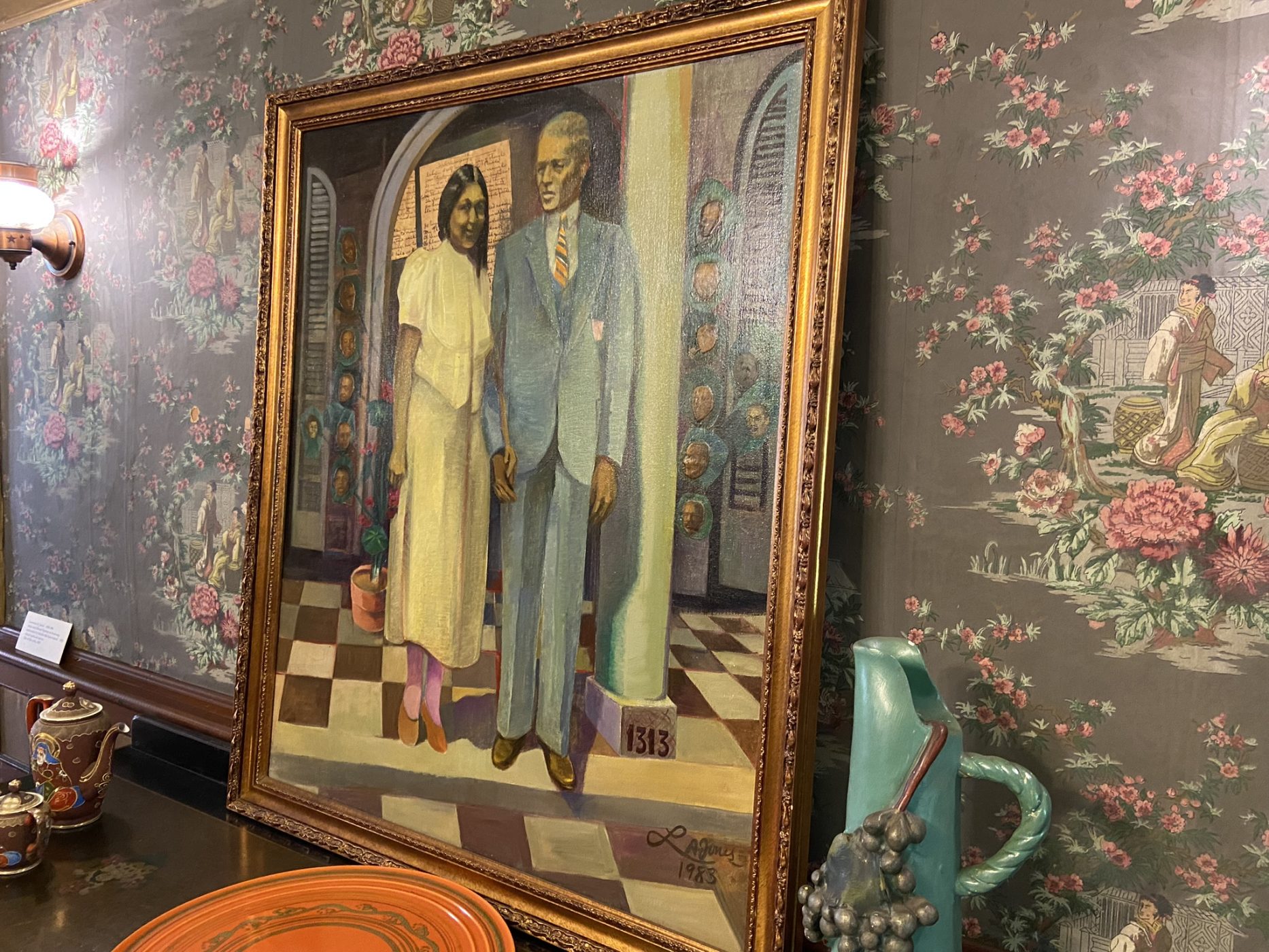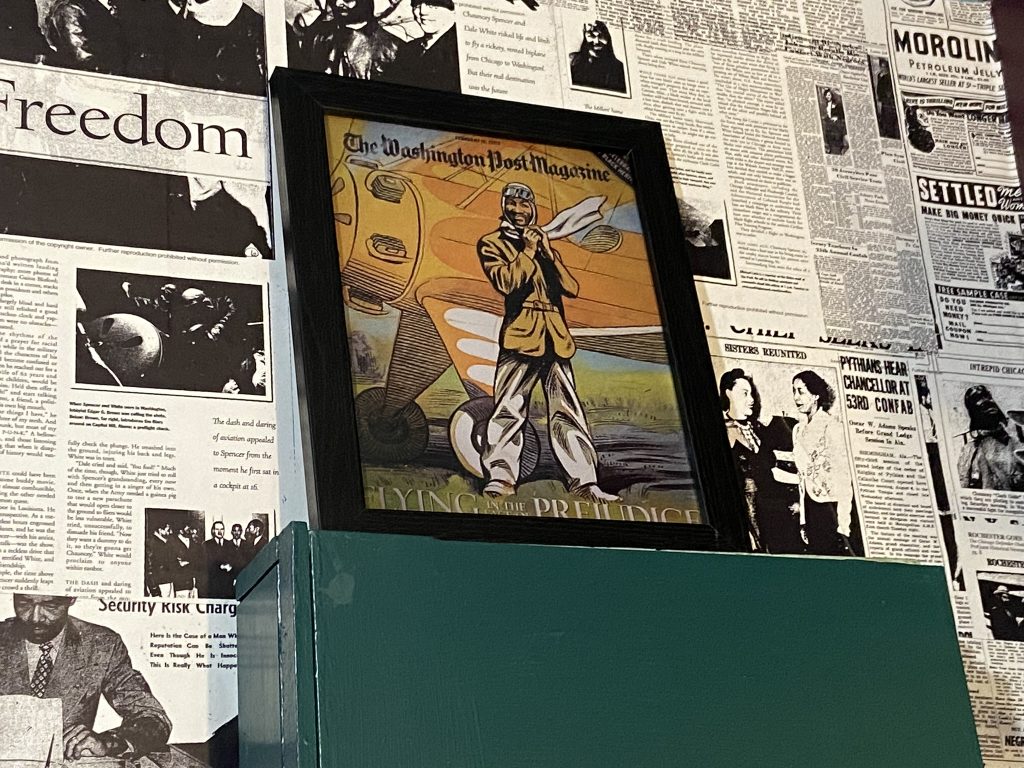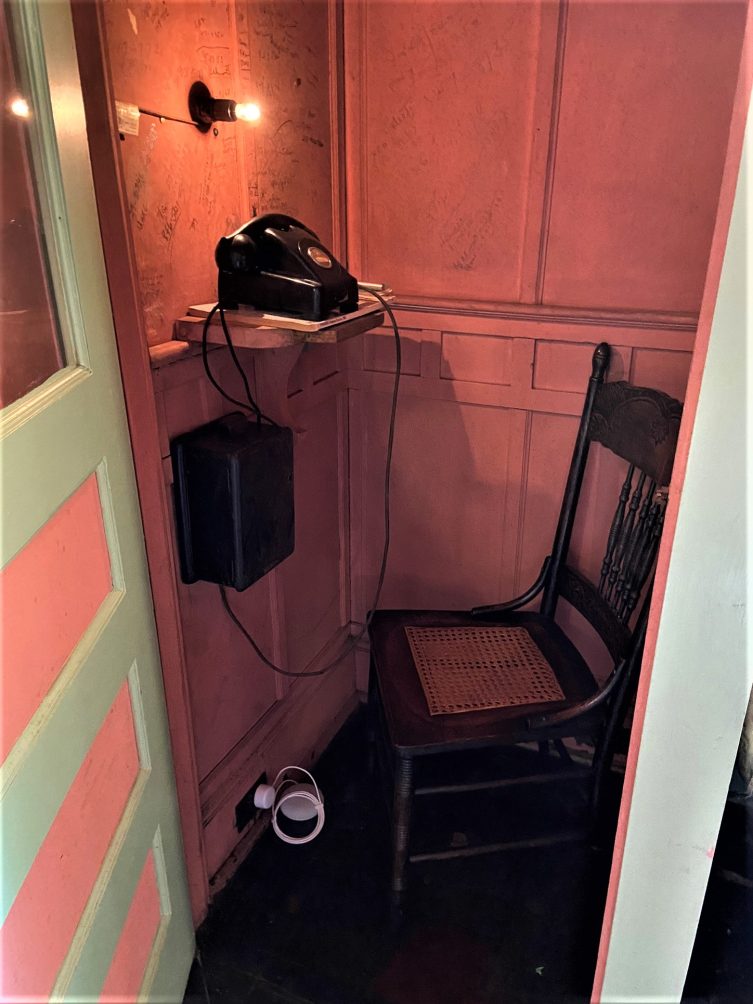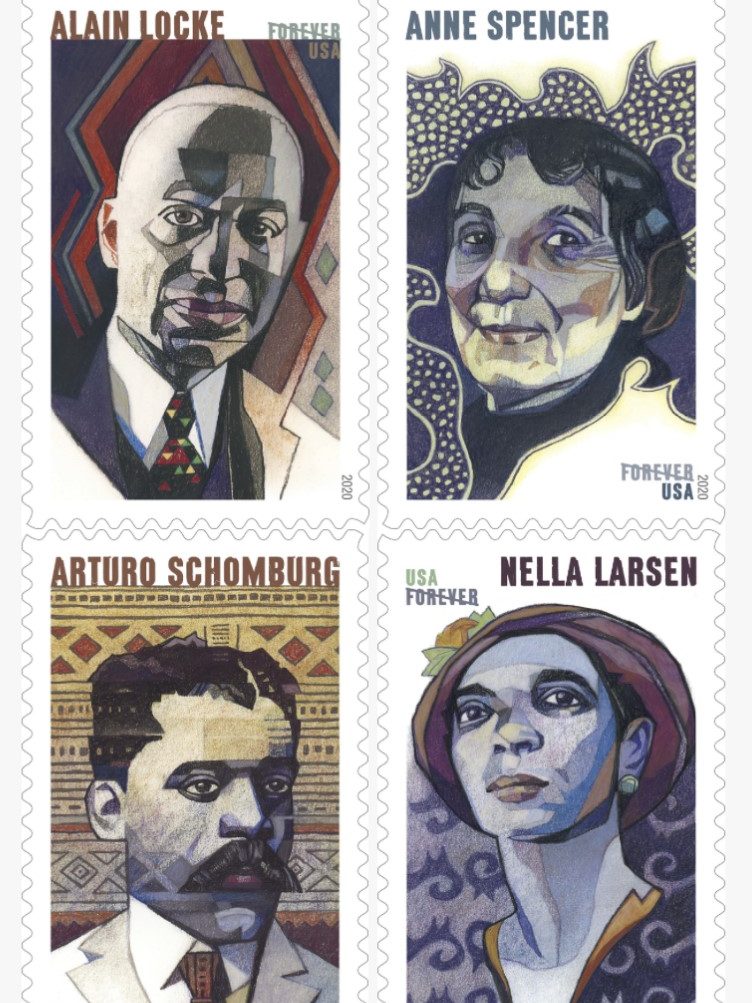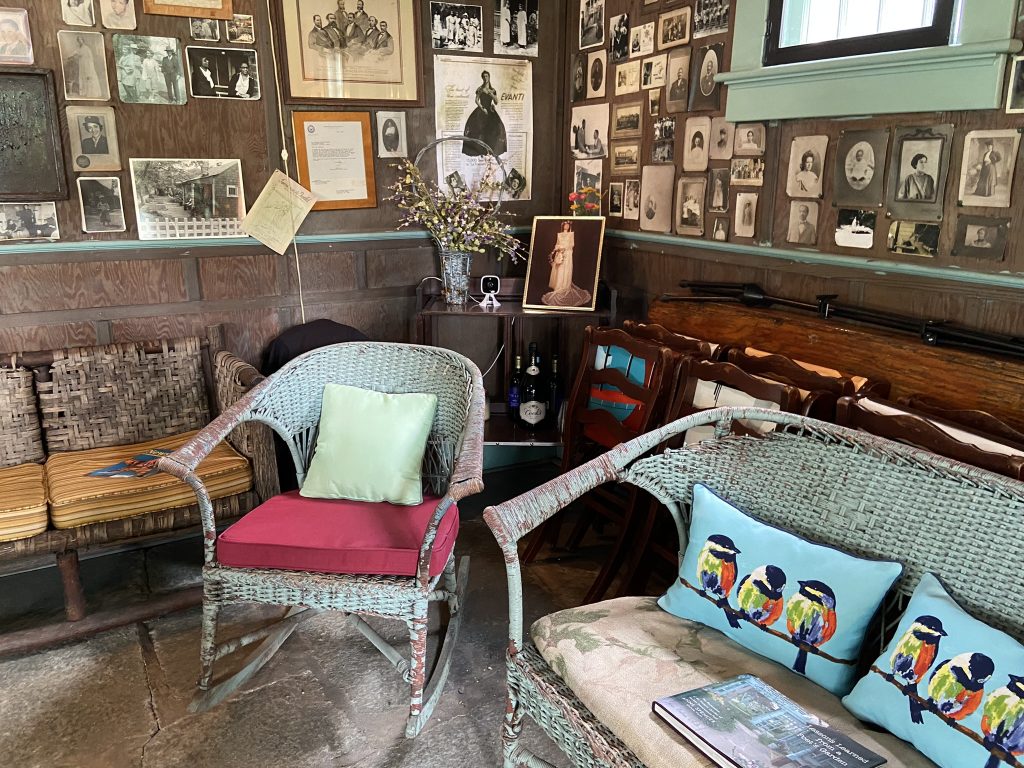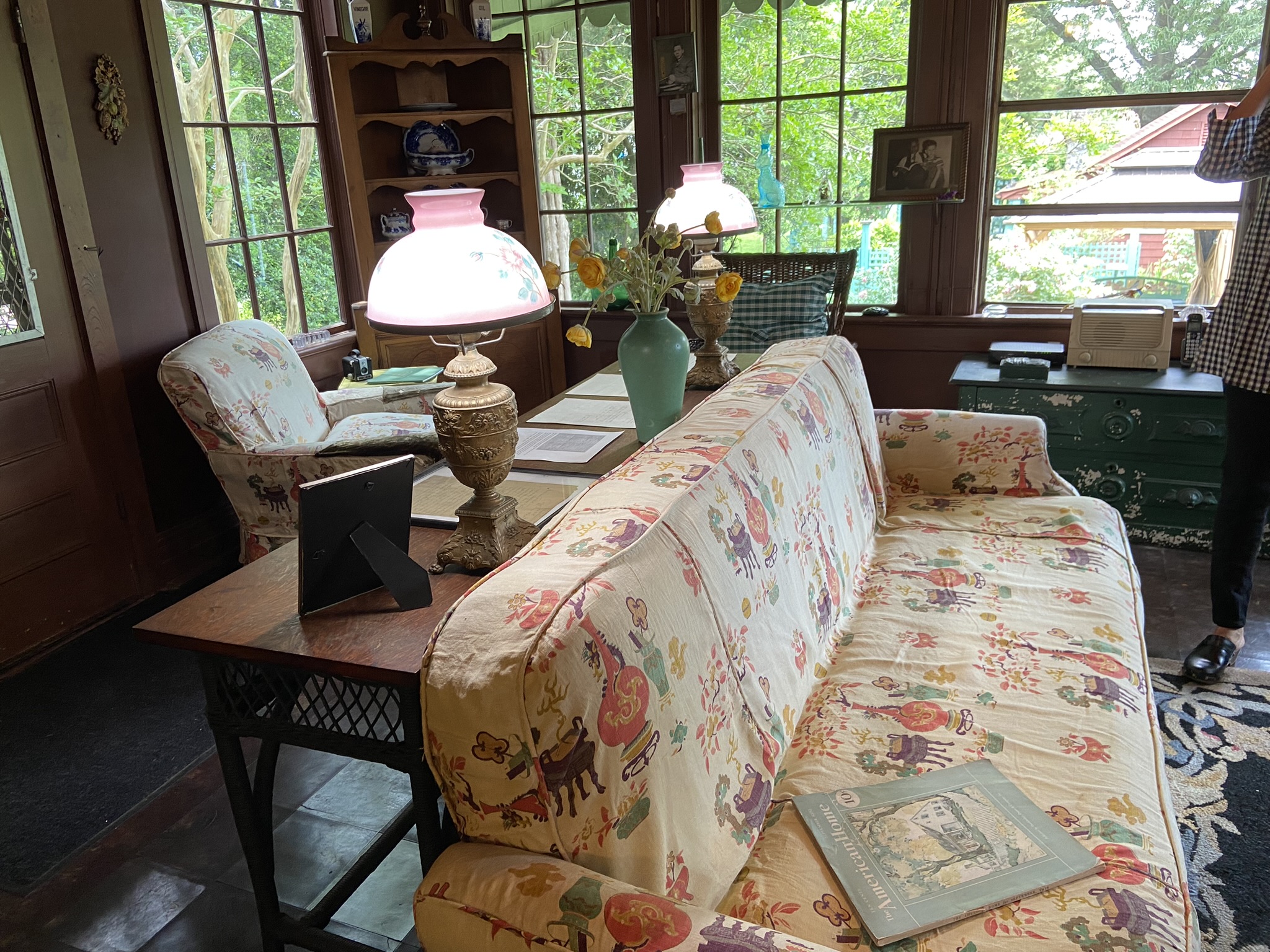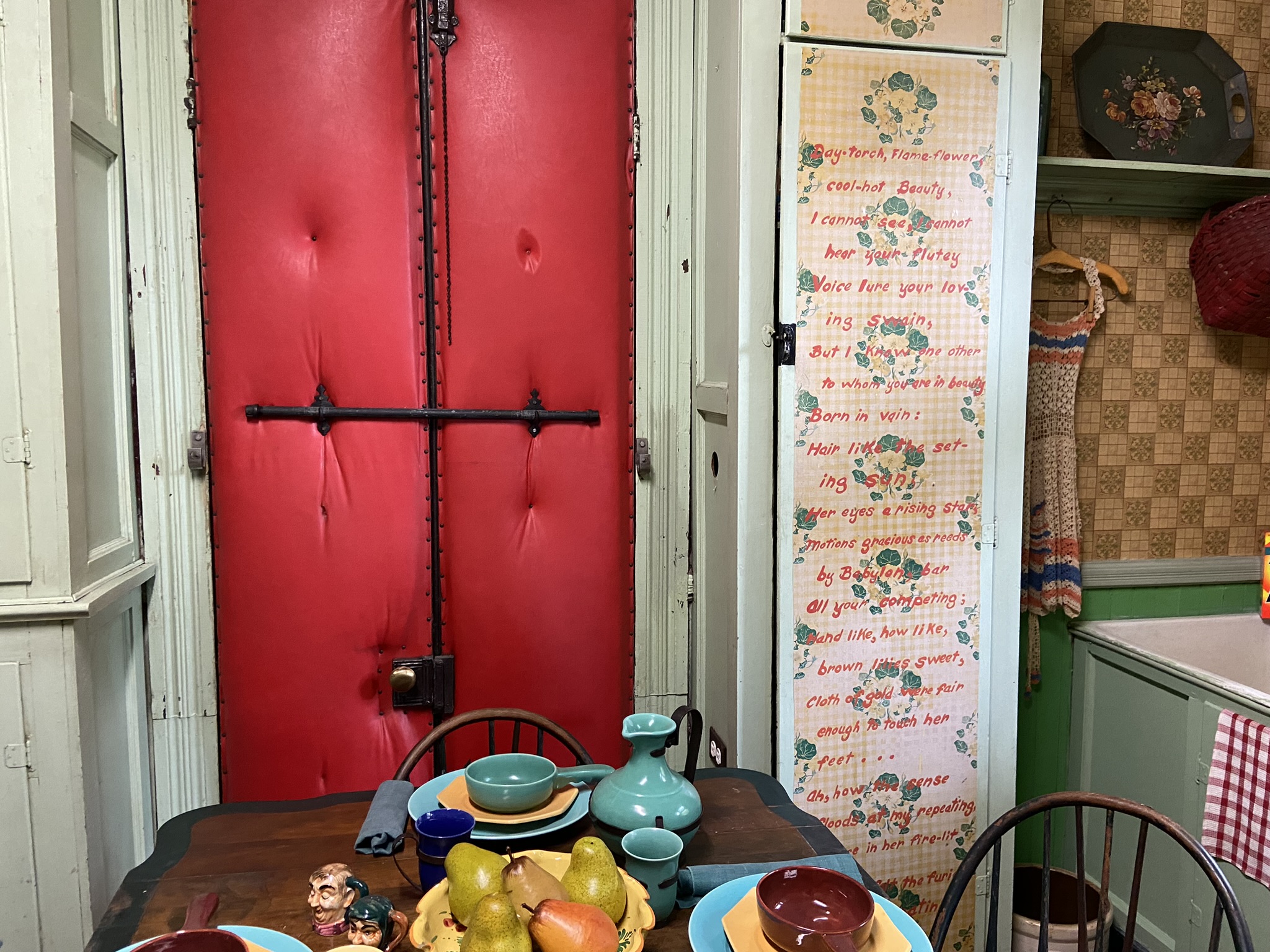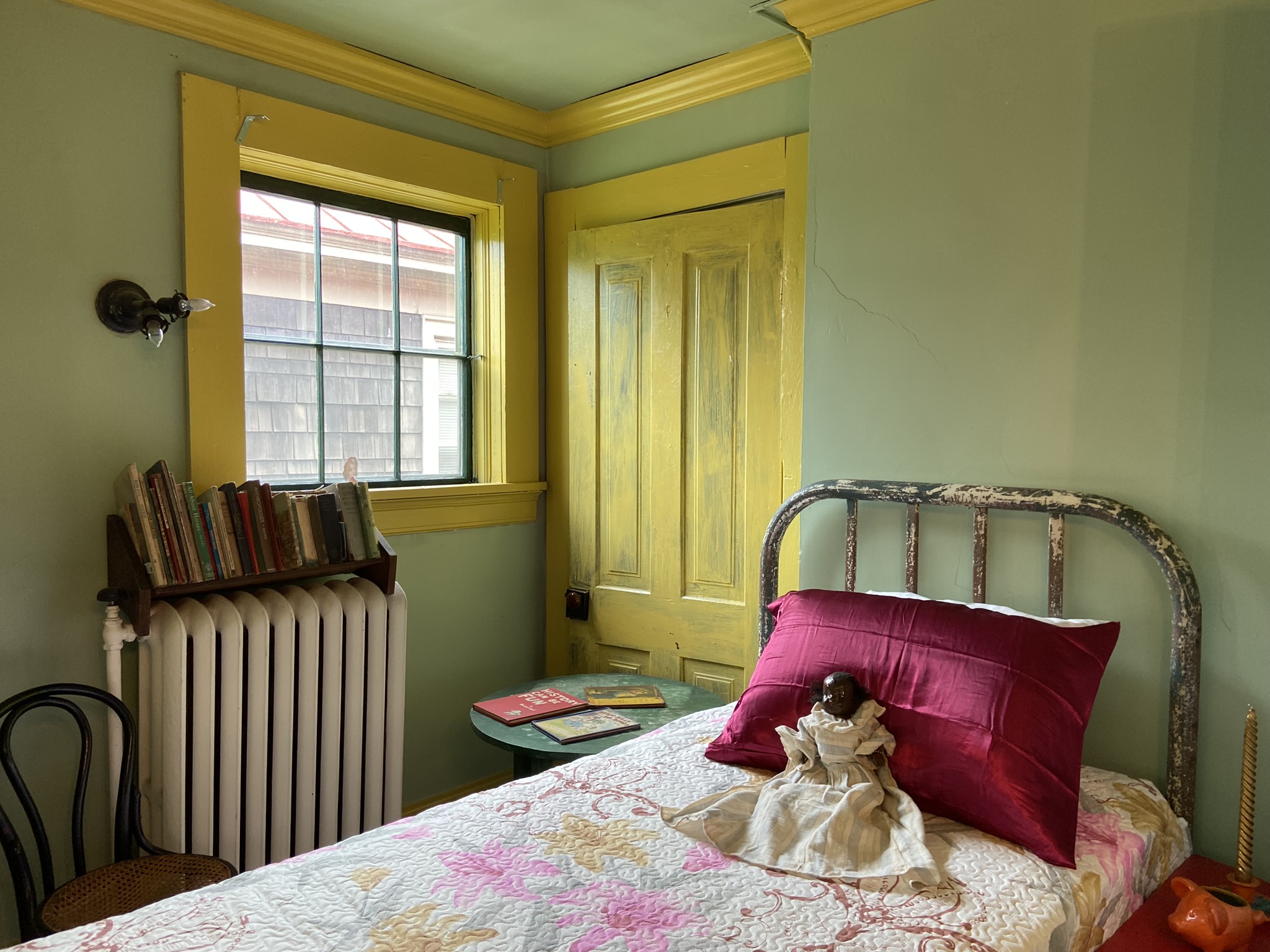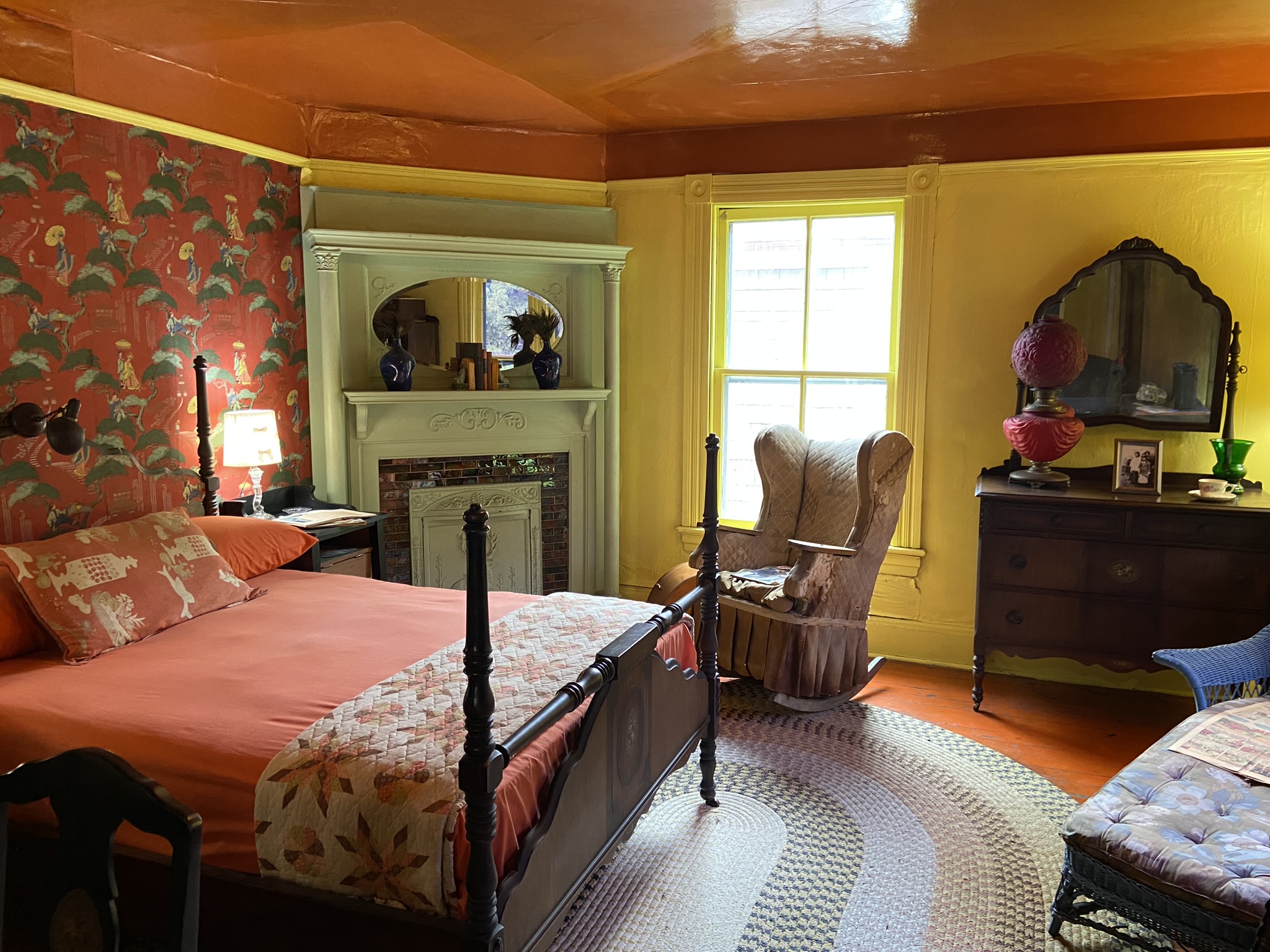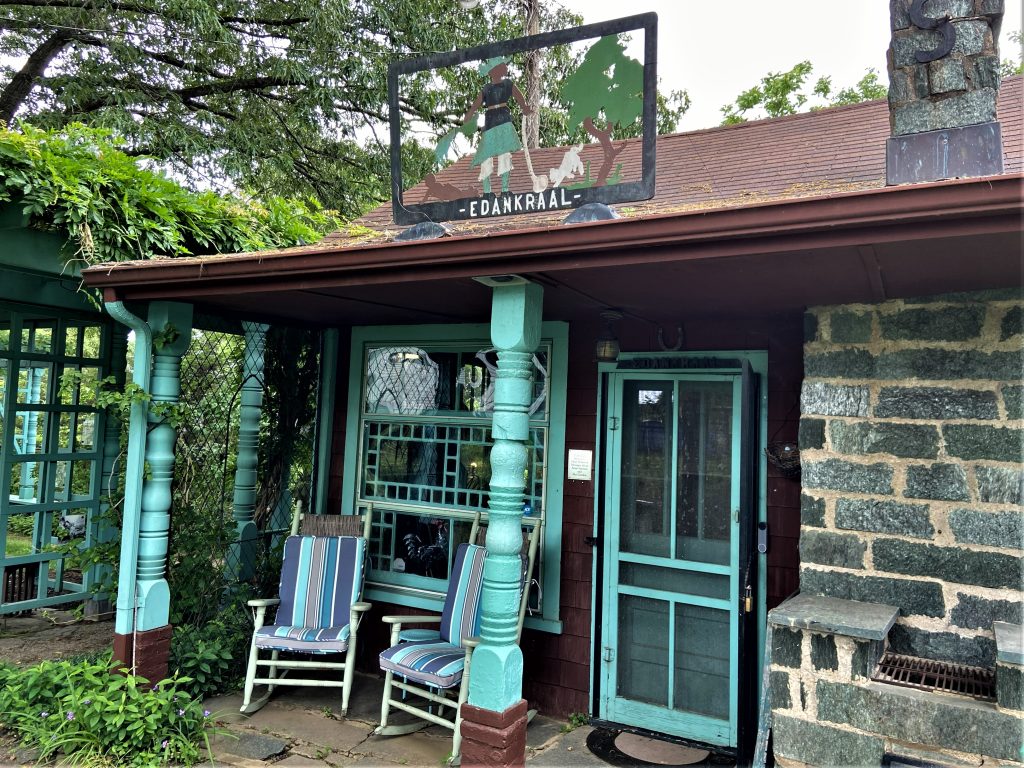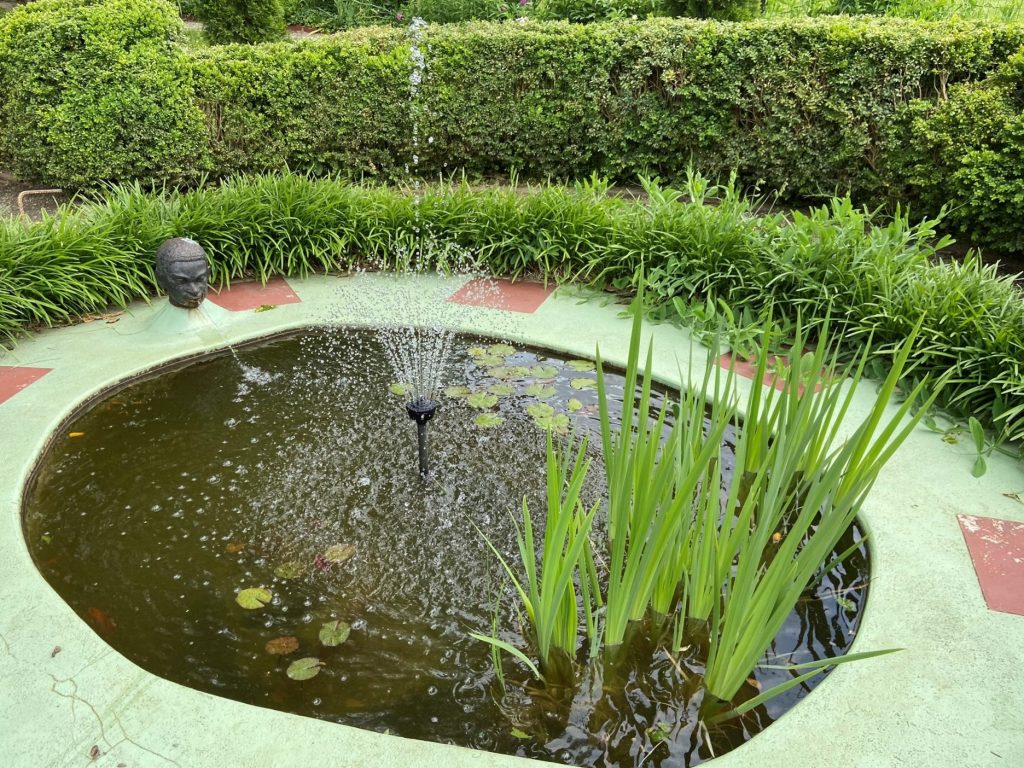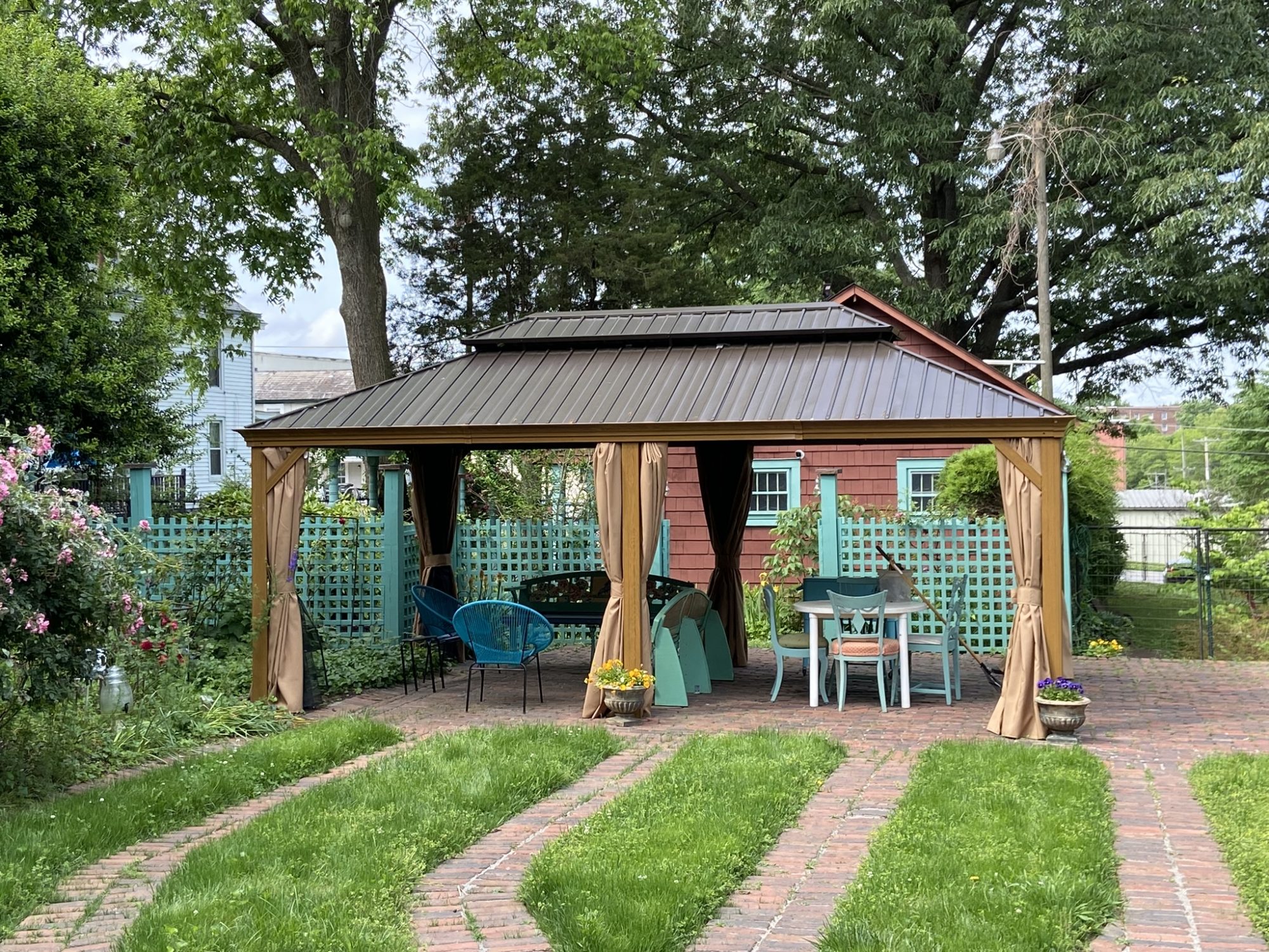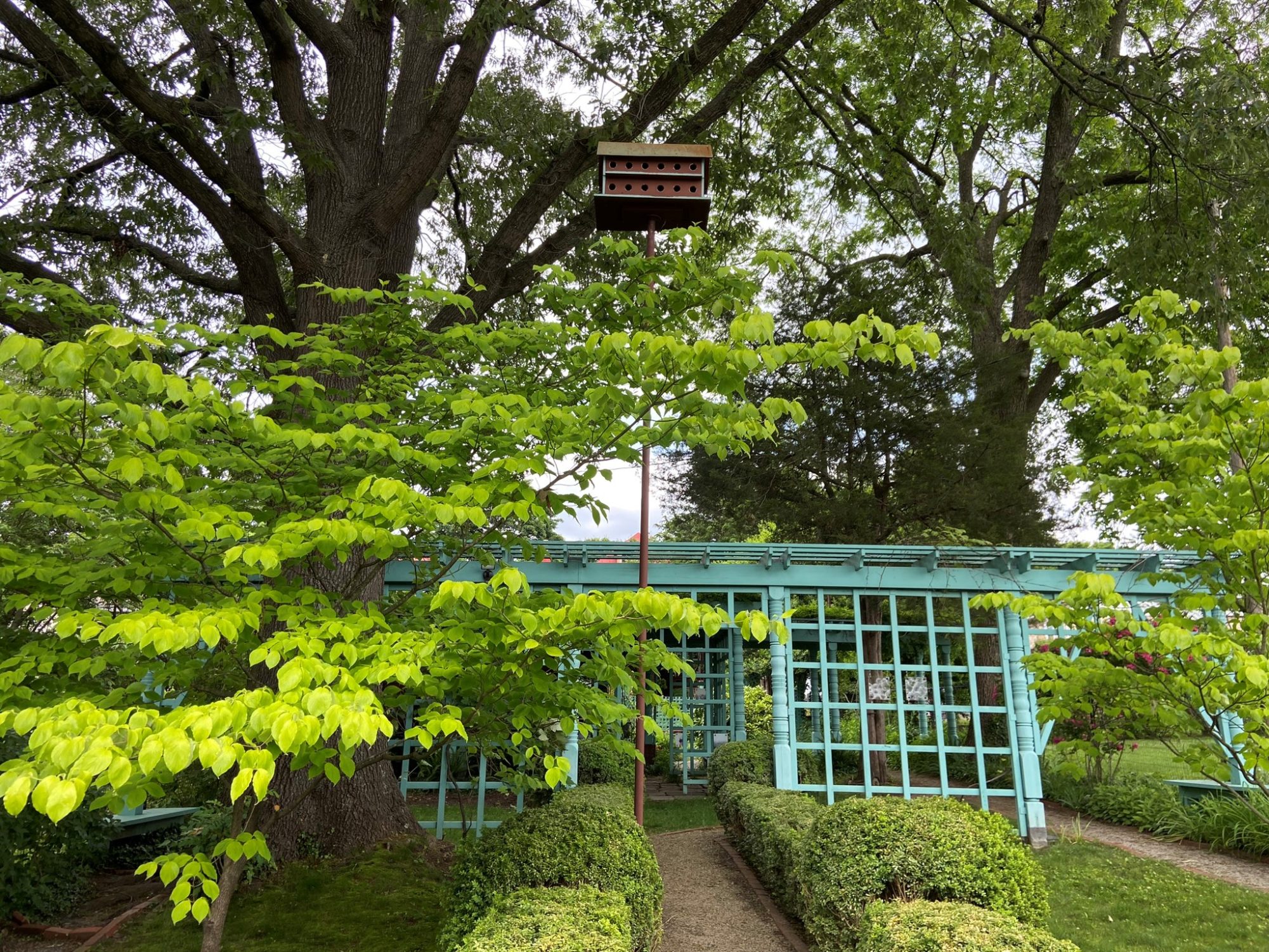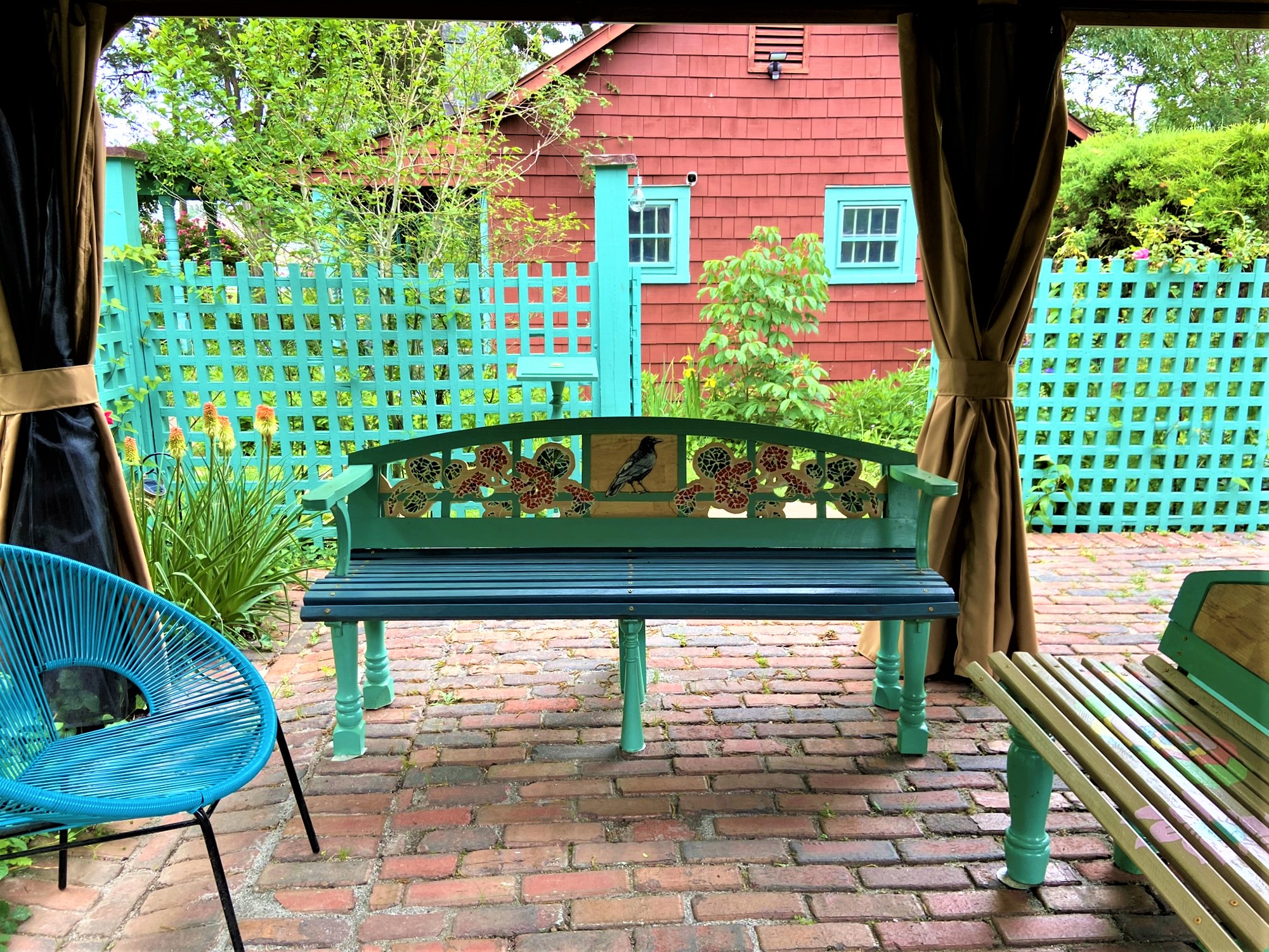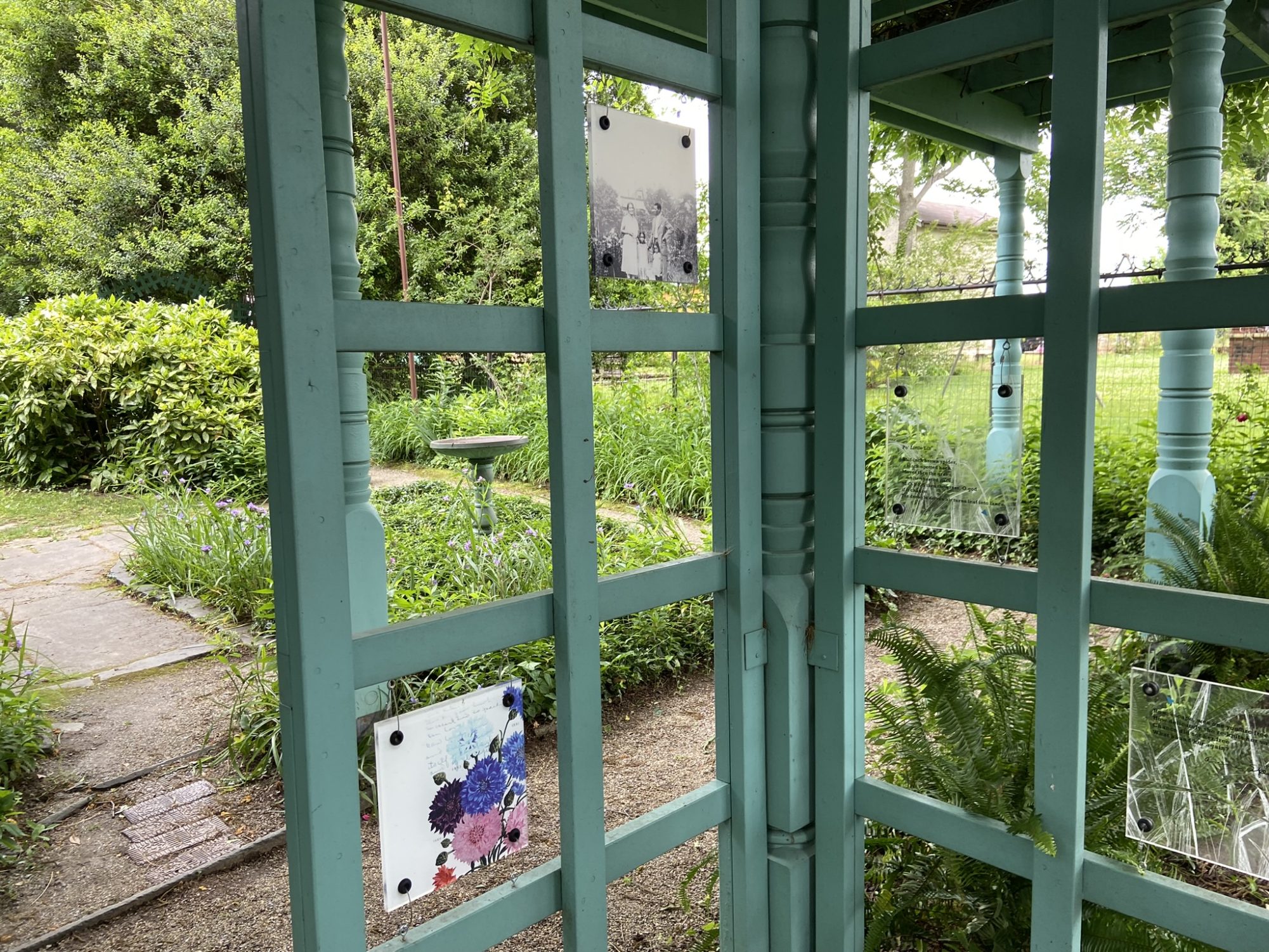The power a special place can have on individuals and communities is clear throughout the Anne Spencer House & Garden Museum in Lynchburg, Virginia, home of the Harlem Renaissance poet and activist Anne Spencer (1882–1975). These deeply personal spaces inspired the poet and became a welcoming haven for African American writers, intellectuals, and activists, such as Langston Hughes and Dr. Martin Luther King Jr., during the era of segregation and beyond. Recent changes and renovations, and increasing interest in Spencer’s life and poetry, have brought more attention to this rare surviving example of a preserved home and garden of an African American.
After Anne Spencer’s death, family and community interest led to the site’s being named to the Virginia Landmarks Register and the National Register of Historic Places in 1976. The house museum opened in 1977, and the garden has been restored twice—the first time in the 1980s—with help from the local Hillside Garden Club. In 2008, the club contacted the Garden Conservancy for support, beginning an ongoing partnership with the museum. Later this year, the Conservancy will release a half-hour documentary about the garden (a 5-minute trailer is on its website; the full film will be, too), including interviews with garden and museum experts. Since 2008, museum Executive Director Shaun Spencer-Hester (the poet’s granddaughter) has worked on renovating and curating the house, as well as leading some tours. National recognition of the urgent need to preserve African American cultural sites and landscapes has opened opportunities, such as funds to hire a development director this year, to support and expand the museum’s audience and its mission of preserving Anne Spencer’s legacy and supporting creativity.
Anne Spencer’s Life and Legacy
Born Annie Bethel Scales Bannister in Virginia in 1882, Spencer wrote her first poem at 11. At the Virginia Theological Seminary and College in Lynchburg, she met Edward Spencer, whom she married in 1901. The couple moved to Lynchburg permanently in 1903, to a Queen Anne–style house that Edward designed and built on Pierce Street in a middle-class African American neighborhood. This city in the Blue Ridge foothills, settled in 1757 when John Lynchburg started a ferry across the James River, prospered thanks to tobacco, railroads, and then manufacturing. The Spencers raised three children—son Chauncey and daughters Alroy and Bethel—in the house. Spencer’s poem “Taboo” describes in part the powerful feeling of owning a home.
Frustrated with the restrictions of life in the Jim Crow South, in 1913 the Spencers and other community members founded the Lynchburg chapter of the NAACP, meeting in the house to create the charter. James Weldon Johnson, a writer and civil rights activist who worked for the NAACP, visited later and became aware of Anne’s writing. This was the era of the Harlem Renaissance, when African American writers, artists, musicians, and scholars in Harlem and in other cities produced groundbreaking works that explored modern life. With Johnson’s encouragement, she published about 30 poems in the 1920s and early 1930s, in magazines such as Opportunity and the NAACP’s The Crisis. Her work was widely anthologized at the time and ever since. Spencer, though, didn’t care about being published, and later wrote for herself. In 1973, at 91, she became the first African American woman poet selected for the Norton Anthology of Modern Poetry, and in 2020 her image appeared on a postage stamp, part of the “Voices of the Harlem Renaissance” series.
Spencer’s poetry and spirit drew African American writers, artists, and activists from around the country to visit her as they traveled through Virginia. Her house and garden became welcoming, safe spaces for serious conversation. Some visitors would stay with the Spencers—there were no hotels for African Americans in Lynchburg. From 1924 to 1942, Spencer also worked as a librarian at segregated Dunbar High School, where the library had so few books that she brought some of her own. At that time it was the city’s only library open to African Americans.
She wrote until her death, even on scraps of paper, pages of plant catalogs, walls: everywhere. Books about Anne Spencer have appeared over the decades, and her papers and correspondence, archived at the University of Virginia since 2008, are providing opportunities to reconsider her poetry and life and reach new audiences. While Spencer wrote about nature, gardens, and religion, she also wrote about civil and human rights (the website has selected poems). Two new academic books, Do Not Separate Her from Her Garden: Anne Spencer’s Ecopoetics, by Carlyn Ena Ferrari (2022), and Anne Spencer Between Worlds, by Noelle Morrissette (2023), use archival material to take a fresh look at Spencer.
Visiting the House and Garden
A house and garden tour (book ahead online April–October) reveals distinctive spaces rich in texture, color, and art. Remarkably, more than 95 percent of the furnishings are original. It is clearly the home of people who forged their own paths in difficult times. Besides designing the house, Edward Spencer creatively repurposed discarded items found along his routes as a parcel postman—such as the parlor’s ornate mirror and the kitchen’s red-leather door—throughout it. Bright colors, cheerful print fabrics, and eclectic wallpapers lighten the rooms, and art created by friends further enhances them. One newly redone space presents information about the Spencers’ son, Chauncey E. Spencer, Sr., an aviation pioneer and civil rights activist who advocated for the inclusion of African Americans in the Army Air Corps. In the 1920s, the Spencers added to the house, with a sunroom on one floor and bedrooms upstairs. Some space was for their many guests, a few of whose photos line the stairway. Among the visitors were W. E. B. Du Bois, George Washington Carver, Zora Neale Hurston, and Marian Anderson.
Over the years, Anne and Edward Spencer created a sophisticated garden on their 45-by-125-foot lot that served as a private refuge and a gathering place for their visitors. Restored to its authentic state, the garden is divided into four garden “rooms”: an area with roses and a new pergola that has seating; a cottage garden with Spencer’s writing room, Edankraal, built by Edward; a trellised arbor painted robin’s egg blue (Spencer’s favorite color, found throughout the garden); and a pool garden with a fountain and a boxwood-lined path. Under the pergola are benches created by youth designers in 2022, part of an architectural mentorship project through the University of Virginia School of Architecture. Built in the 1920s, Edankraal cottage took its name from the Spencers’ (“Ed” and “An”) and the Dutch and Afrikaans word “kraal,” meaning enclosure. Inside, furniture, photo-lined walls, and the poet’s desk create an intimate setting for creativity. If the name Edankraal sounds like “Eden,” it’s no accident: the garden was surely Anne Spencer’s paradise.
More to See in Lynchburg
There’s more to explore in Lynchburg, including sights that provide context for Anne Spencer’s house. A short walk in the Pierce Street Renaissance historic district, where the house is, passes by eight state historical markers that introduce the story of Anne Spencer and other distinguished former residents. The Legacy Museum of African American History presents in-depth changing exhibits that explore regional African American history and culture. Established in 1806, the 27-acre Old City Cemetery is the resting place of 20,000 people, two thirds of them African Americans, and also includes some historical buildings. Brochures in the cemetery center museum have a walking tour and information about the local African American community. Nearby Poplar Forest, the restored personal retreat of Thomas Jefferson, tells not only Jefferson’s story but also the stories of the free and enslaved people who lived and worked there, among them James Hemmings, the enslaved master joiner and cabinetmaker.
Side Dish
Market at Main downtown, in a large, high-ceilinged space with the original tin ceilings and recycled wood plank floors, serves breakfast and lunch. Favorites include chicken and waffles, build-it-yourself omelets, and ample sandwich and burger options. Open since 1947, the cozy, wood-filled Dahlia restaurant and bar specializes in pub fare and seafood for lunch and dinner. The Dahlia signature tacos (meat and fish choices) and fish-and-chips are tasty; beer-battered pickles are a must-try.
Lynchburg is 1¼ hours from Charlottesville and Roanoke, and 2 hours from Richmond. It has many chain hotels; a modern boutique option near the James River is the Craddock Terry Hotel, which occupies a former shoe factory. Shoe-themed whimsy and memorabilia, brick walls, exposed beams, and tall windows add charm.
Linda Cabasin is a travel editor and writer who covered the globe at Fodor’s before taking up the freelance life. She’s a contributing editor at Fathom. Follow her on Instagram and Twitter at @lcabasin.
Featured photo: This view of the house shows the 1920s addition and part of the garden. Photo L. Cabasin. Courtesy Anne Spencer House and Garden Museum, Inc. Archives

